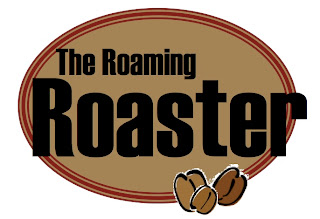Alternative Education is growing. As No Child Left Behind infiltrates public schools and turns them into test factories devoid of joy and creativity, the drop out rate increases.
The reasons students leave high school are some of the most misunderstood elements of the alternative educational experience. As a teacher in an alternative school, the two things I hear most often are, "I was bored," and, "My teachers didn't care."
If your classroom is packed full of 35 students, one teacher, and all the test prep you can stand, why would you stay?! What if you were interested in music or art? What if you needed extra help from your teacher? What if you hated taking tests?
Shocking news: dropout rates are soaring. In my fair city, Boston, about half of the students that enter the Boston Public Schools in ninth grade won't graduate four years later. That amounts to about 1500 kids leaving the "regular" system each year. That's potentially 1500 new "alternative" students, per year, in one city. Most estimates put the current total of 16-21 year olds without a high school diploma or GED at around 10,000. That does not even take into account all of the other candidates for alternative education who are older, younger, or new to the country. Yet, in Massachusetts, for every dollar spent on education seven cents are allocated to alternative education programs. Talk about being left behind.
(You can read a great report about Boston's dropout crisis, and the programs designed to address it here.)
If we are to generate real concern for a broken system, the whole enchilada has to unite and advocate for itself. It doesn't make sense for Alternative Education to advocate for its needs while K-12 Education tries to address its own problems. They are the same problems, at different points along a dysfunctional time line. Besides, neither camp is doing a great job getting attention. After Super Tuesday's exit polls, the word "education" was on no one's lips. It was not a top five issue in ANY state. We need all the help we can get. So....imagine the political noise teachers, parents, and students from all K-12 districts in the country could make. Now imagine throwing in the voices of local community based organizations, non-profits, local colleges, libraries, and churches.
Try making it happen! If you work in K-12, find a local CBO that offers educational services of some kind, and strike up a conversation. Build an ally. If you work in a CBO, make a friend in a public school. Talk to each other; find the issues that you have in common; share resources.


1 comment:
talk to the kids. they're in the trenches, and they are coming up in the battle. if we cannot utilize their knowledge or their strengths, we cannot fight the battle: we cannot fight for them, but must fight alongside them.
Post a Comment